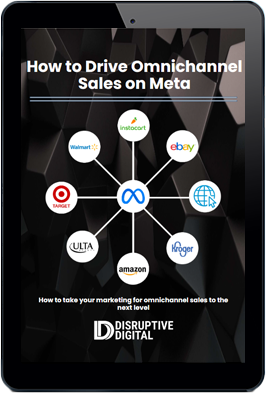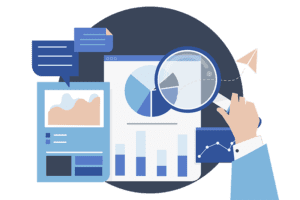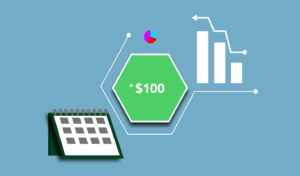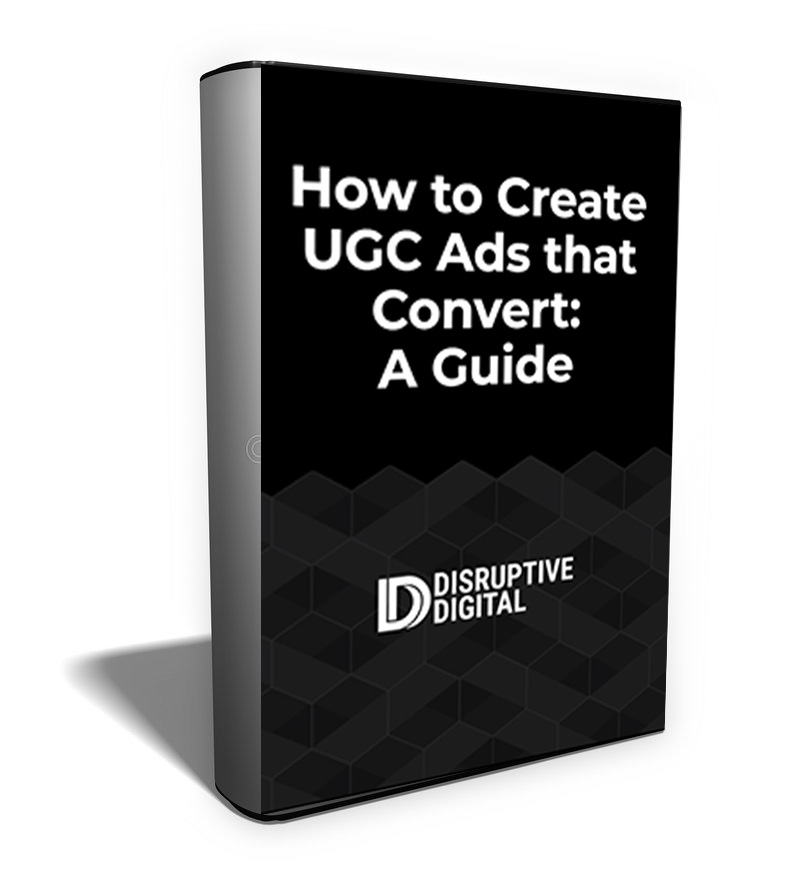While Meta’s automation does an excellent job driving traffic towards users that have lower CPAs, sometimes you want to deliver ads to people who’s conversion might be more valuable than a standard sale.
However, running ads towards higher value users without sacrificing the efficiency of consolidation can sometimes be difficult.
Running lookalikes or separate targeted audiences can help, but running separate campaigns can lead to more budget and unnecessary media waste.
Bid multipliers can help solve this problem.
FREE GUIDE
How to Drive Omnichannel Sales on Meta
11 Steps + 4 Advanced Tactics to Take Your Marketing for Omnichannel Sales to the Next Level.
Bid multipliers enable advertisers to reduce the amount of audience segmentation required because it allows them to maintain a nuanced bidding strategy within a single ad set with one targeted audience.
For example, an advertiser can create a single ad set, then use bid multipliers to bid differently for each of those recency buckets.
Historically, this feature has only been available via the Marketing API, meaning most advertisers without a developer on staff couldn’t leverage this solution.
However, Meta is planning on rolling out bid multipliers more broadly in Q4, meaning more advertisers will be able to reach sub-segments of their target audience without sacrificing efficiency.
While it’s still unclear how the developer version of bid multipliers will differ from a publicly facing version of this solution, below are 11 ways you can leverage this tool to better reach your audience while still keeping a consolidated media structure and examples of how they can be used.
Based on Your Data
- Bid based on custom audience the user is a part of.
- Example: If you have a list of existing customers you still want to target, but want to suppress delivery to, you might choose to bid on this audience at 10% of what the rest of your audience gets.
- Bid based on the lookalike audience the user is a part of.
- Example: Instead of targeting a high value lookalike in it’s own audience, you can choose to target this segment within your main campaign and bid the relative value they provide compared to the general population.

Based on Demographics
3. Age:
- You can group users by age ranges; for example, 18-25, 26-35.
- Example: You might choose to bid twice as much for an older demographic as a younger audience because they have a 2X higher lifetime value.
4. Gender:
- Bid differently based on gender.
- Example: If you sell men’s products, but find women gift their man paying twice the price men pay, you may choose to bid for women at a higher price to increase delivery to this more valuable audience.
5. Location:
- Bid based on the user’s home location. This can be broken down into cities, regions, and countries.
- Example: If you sell internationally and see better results in specific countries, you can use bid multipliers to force delivery to those regions.
6. Language:
- Bid differently based on language such as English or Spanish.
- Example: If you run lead generation campaigns to a call center and find Spanish speakers convert more often, you can bid for those users within your main campaign to not lose overall efficiency with a separate buy.
Based on User Behavior
7. Device Type:
- Bid differently based on the user’s device platform, such as mobile or desktop.
- Example: While mobile site traffic eclipses desktop traffic, people tend to convert better (and potentially spend more) on their laptop. In the United States, desktops convert at ~4% while mobile devices convert at ~1.2%. If you see that your desktop users are likely to spend more money, you can use bid multipliers to adjust accordingly without running a separate desktop campaign which can be really inefficient from a CPM perspective.
8. Operating System:
- Bid based on a user’s OS such as iOS, Android or Windows.
- Example: iOS users spend 7 times more than Android users. You might choose to bid more for this audience if you see the same value reflected in your business.
9. Device:
- Bid based on the device a user is on, such as iPhone or iPad.
- Example: If you run lead generation campaigns to a call center and want to suppress delivery to iPads, you can lower your bid for those users within your main campaign and raise your bid for iPhones to ensure you’re only optimizing for people who can make the phone call.
Based on Meta Activity
10.Meta Platform:
- Bid based on the Meta platform a user was on such as Facebook, Instagram, Audience Network, and Messenger.
- Example: If you see users convert spend more on Instagram than on Facebook and see the lowest value tied to Audience Network, you can use bid multipliers to push more delivery to higher performing channels.
11. Meta Placement:
- Bid based on where an ad is shown specifically such as Facebook Feed, Facebook Marketplace, Instagram Stories, or Instagram Reels. There are 21 different placements available to bid against which you can see here.
- Example: Given Reels is a nascent platform, you might not be seeing the delivery you’d like their despite strong performance from a value or LTV perspective. You can use bid multipliers to push more users to your Reels creative without having to run a standalone campaign.
FREE GUIDE
How to Drive Omnichannel Sales on Meta
11 Steps + 4 Advanced Tactics to Take Your Marketing for Omnichannel Sales to the Next Level.
Meta’s impending broad release of bid multipliers promises to be a game-changer for advertisers looking to fine-tune their targeting strategies without the complexities of segmenting their audiences into multiple campaigns.
By incorporating this feature, advertisers will have a tool at their fingertips that empowers them to make nuanced bidding decisions based on a plethora of factors, such as demographics, user behavior, and even Meta platform activity.
Whether you’re targeting based on custom audience data, age groups, device type, or platform activity, bid multipliers provide an efficient way to optimize campaigns for specific sub-segments without compromising overall campaign consolidation.
As Meta continues its rollout, advertisers are well-poised to tap into the potential of this feature, tailoring their approaches to harness the best of both worlds: targeted specificity and overarching efficiency.










